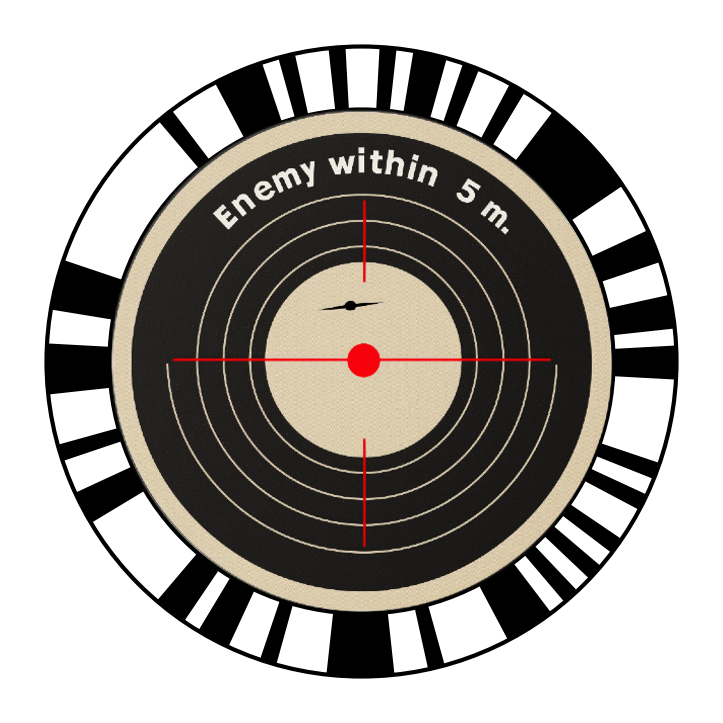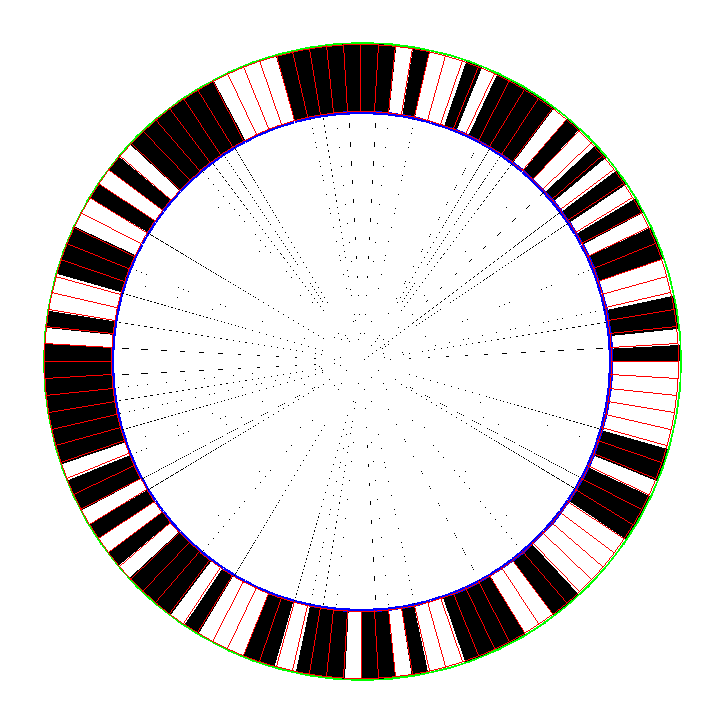Challenge: Creating a space-efficient identification system for game tokens
While designing a digitally interactive board game, I needed a way to scan physical game tokens with a smartphone to capture the board state. Traditional QR codes were problematic for this application because their square format would occupy too much space on circular tokens and detract from the visual design.
The challenge was to develop a more elegant identification system that would satisfy several requirements:
- Work efficiently with circular game tokens
- Leave the center area free for artwork and game information
- Be reliably scannable from various angles with a smartphone camera
- Contain sufficient data capacity to uniquely identify each game piece
- Include error correction for reliable scanning in real game conditions
- Be visually discreet and integrate with the game's aesthetic


